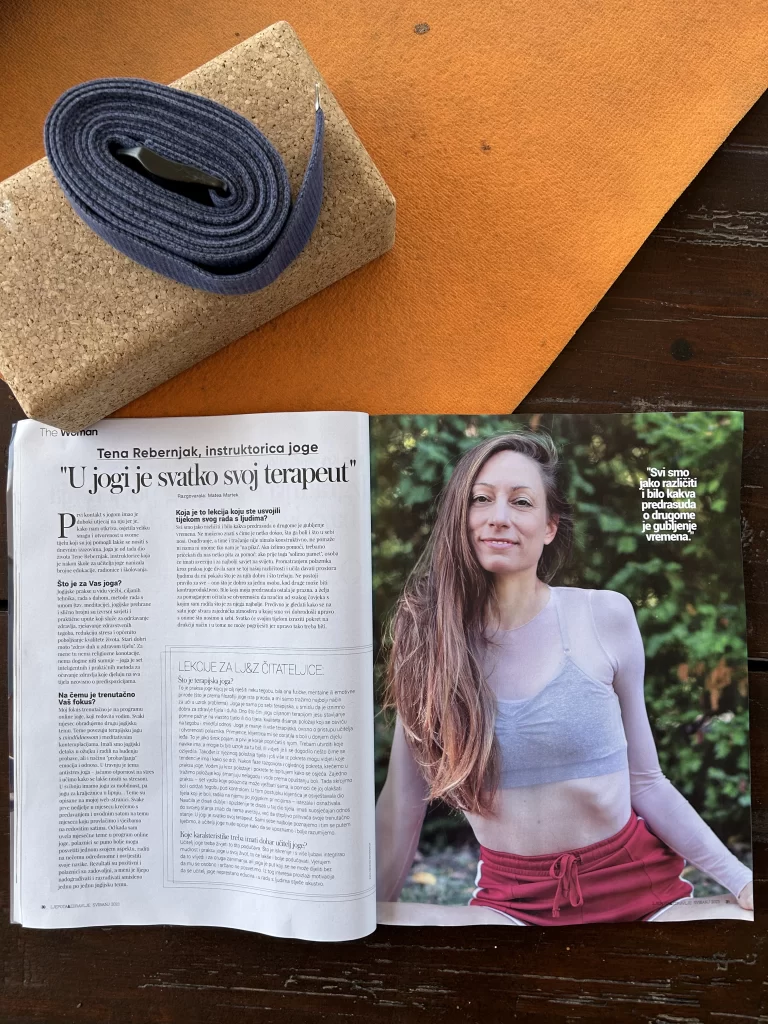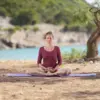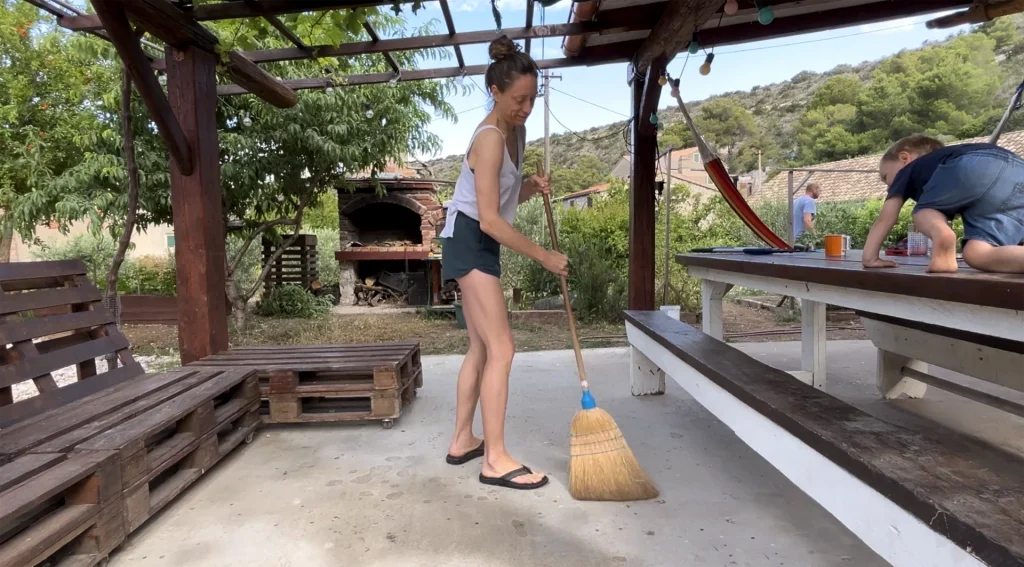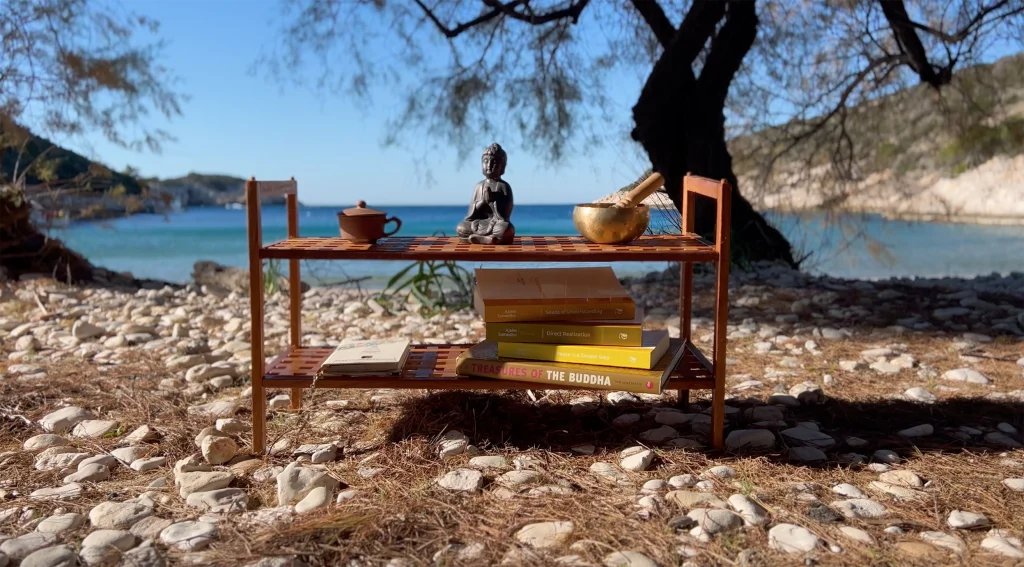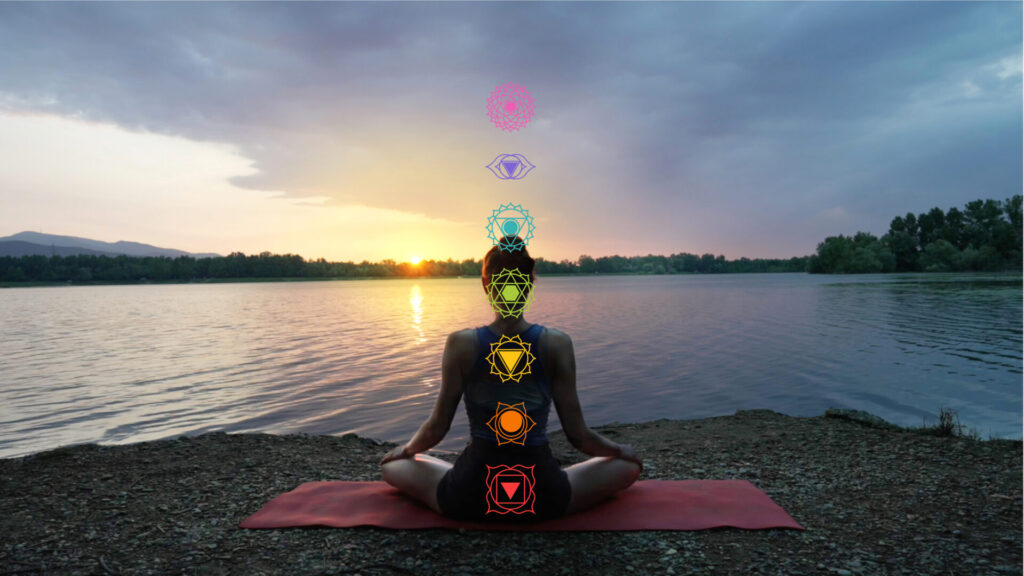Interview for Ljepota&Zdravlje magazine
Interviewed by: Matea Martek
1. What was your path to yoga like and how did you start to practice yoga?
The first contact with yoga had an extremely deep impact on me because I felt great strength and openness in my body, which helped me to cope with daily challenges more easily. I felt from my experience that thoughts and emotions are connected to physical states – that the mind and the body really are inseparable. Yoga has been a continuous part of my life since then. I deepened my practice when I enrolled in a school to become a yoga teacher and began studying systematically. Since that first yoga school, I have attended numerous educations, trainings, workshops and many yoga teaching hours. Yoga naturally entered my life and eventually became my vocation. I am passionate about physical movement, the connection between body and mind, and the health that is available within ourselves. More about me…
2. What is yoga for you?
Yogic practices in the form of exercises, targeted techniques, work with the breath, methods of working with the mind (so-called meditation), yogic diet and similiar are numerous excellent tips and practical instructions that serve to maintain health, solve health problems, reduce stress and generally improve the quality of life . The good old motto “a healthy mind in a healthy body” (Mens sana in corpore sano).
For me, there is no religious connotation, no dogma or doubt – yoga is a set of intelligent and practical methods for preserving health that affect all bodies regardless of predispositions.
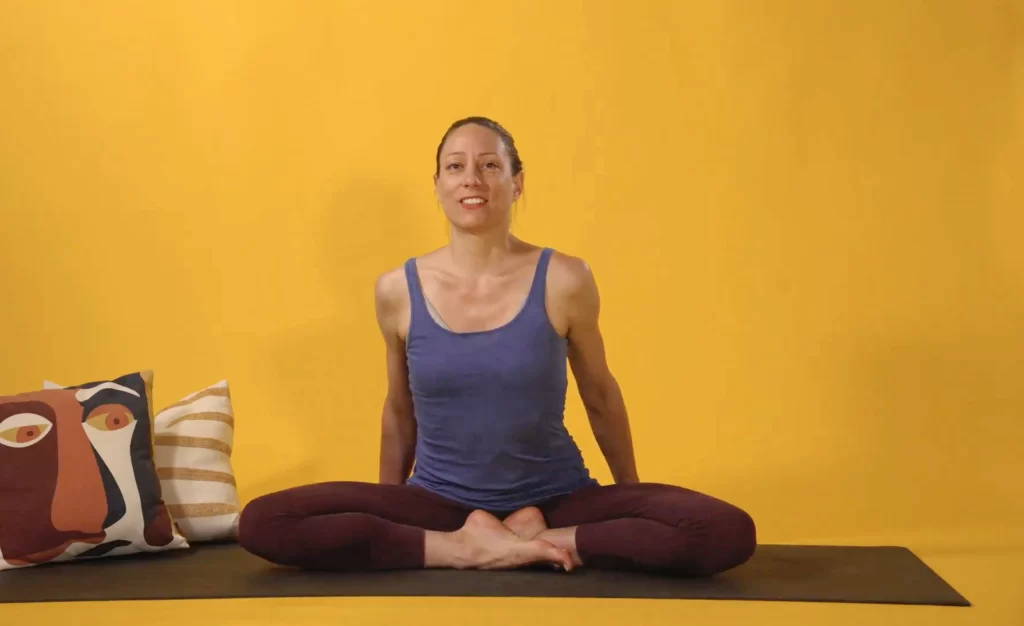
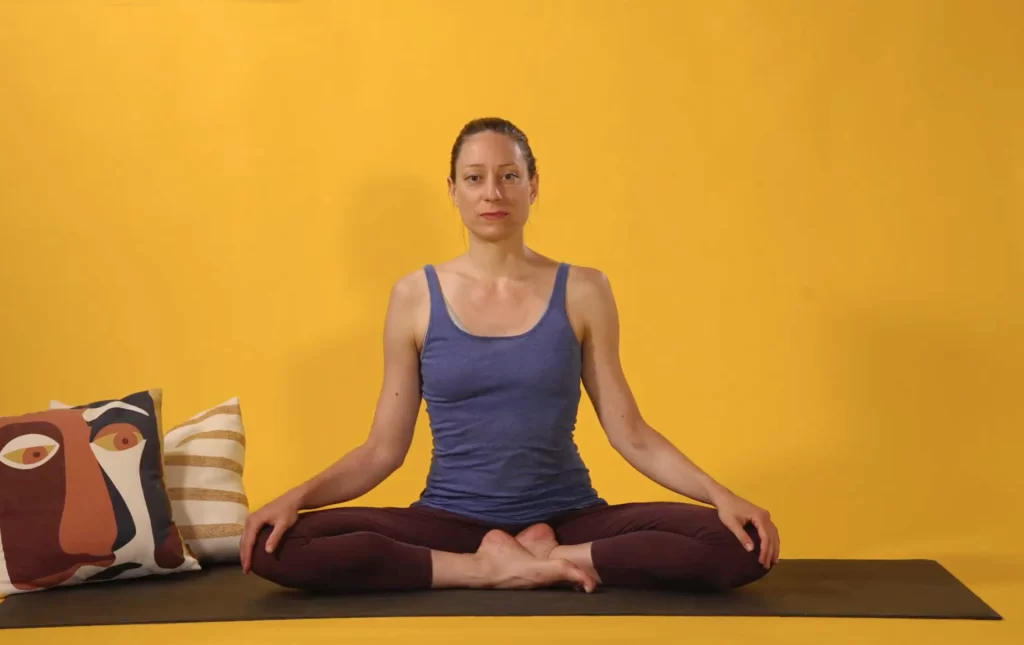
3. What education is necessary or desirable to undergo in order to become a yoga teacher?
Basic education for a yoga teacher is the so-called 200-hour teacher’s course. After that course, the practitioner gains knowledge for leading yoga classes and of course opens the door to many more educations on yoga and health that depend on the direction and style of yoga he practices.
4. What is your current focus?
My focus is currently on the online yoga program that I run regularly. Every month we cover a different yogic topic. Topics connect therapeutic yoga with mindfulness and meditative contemplations. We had a yogic detox in March and worked on awakening digestion, but also on how to “digest” emotions and relationships. In April, the topic is anti-stress yoga, we strengthen resistance to stress and learn how to deal with stress more easily. In May, we have yoga for mobility, then yoga for the spine in June… Every first Sunday of the month, we start with a lecture and an introductory class on the topic of the month, which we go through and practice in regular classes.
Since I introduced monthly topics in the online yoga program, participants can devote themselves much better to one aspect of themselves, work on something specific and become aware of their habits. The results are positive and the participants are satisfied, and I enjoy building on and developing meaningfully one yoga topic at a time.
5. What is the lesson you have learned during your work with people?
We are all very different and any prejudice about somebody is a waste of time. We cannot know what someone came with, what hurts them and what they carry inside. Condemning, and thus gossiping, is not at all constructive, it does not help either us or the one who we condemn. If we want to help, we should wait for someone to ask us for help before we salt our brains, and the person will have an aversion to even the best advice in the world. By observing the participants through the practice of yoga, I admired our diversity and learned to give space to people to show me what is good for them and what they need. There is no one-size-fits-all rule, what is good for one person may be counterproductive for another. Any of my prejudices remained empty, and the desire to help was read by the openness to learn from each person I worked with what was best for him.
It is wonderful to see the atmosphere created in a yoga class where we are all welcome with exactly what we carry inside us. Everyone will use their body to express the movement in a different way and they cannot make a mistake because that is exactly how it is supposed to be.
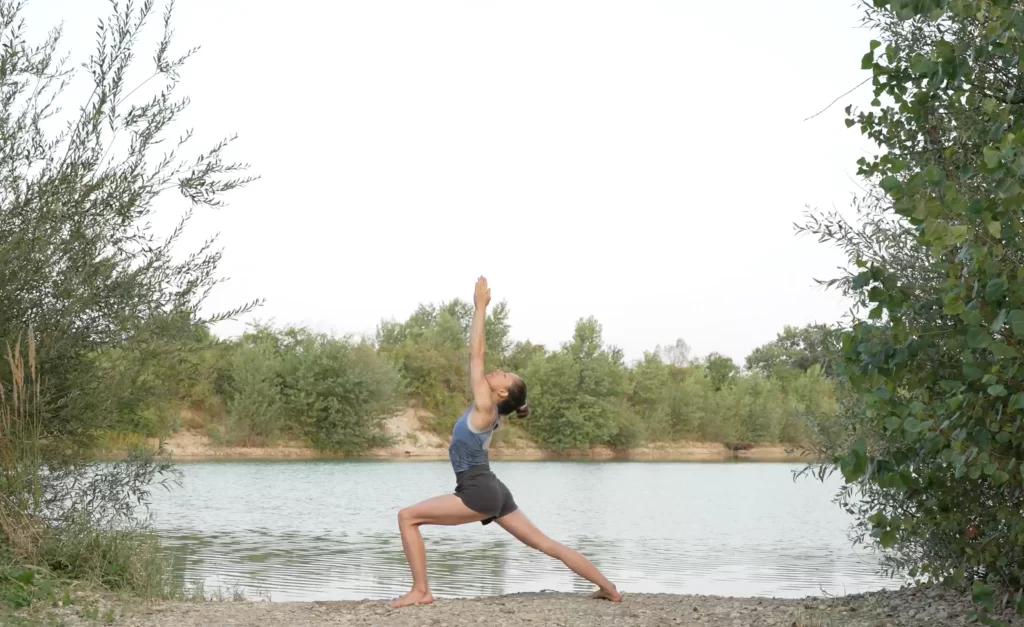
6. What do you aspire to in the future?
As before, I will try to give my best in everything I do. That’s actually the only thing I have – the desire to give the best that I can and know in every situation. As for yoga specifically, I will strive to further educate myself, collaborate with like-minded people and share this wealth of knowledge so that it is understandable and usable to anyone who asks.
Lessons for Ljepota&Zdravlje readers
1. How does yoga help us in everyday life?
Very simple – contraction is pain and relaxation is ease. Muscles that contract and don’t let go drag the bones along with them, pinch the nerves and keep the body posture in pain. Muscles relax by stretching and changing the internal chemical influence (hormones, amount of oxygen in the blood, circulation, speed of digestion, etc.).
Yoga exercises make this change and keep the tissues healthy and easily flowing, read – usable to their maximum potential. When I say muscles, of course our thoughts and emotions affect the muscles, so the influence of the mind on the body is not separated (stress shows itself in the body, and it was created by thoughts, for example, worries), but these states of mind are released through the body.
Yoga is therefore the perfect formula for resetting emotional and mental states with body movements and positions, and this is extremely useful in everyday life.
Yoga in the morning serves to stretch, breathe, strengthen and stretch, and start the day with an open attitude. To feel what is happening through the body and to be able to regulate ourselves first, and then react. Since the morning, we introduce awareness into our behaviour and know when to stop if we need to find peace. Yoga in the afternoon helps us to relieve all the weight of the day and to breathe again, stretch, exercise well and relax the stress from the muscles. We can do it several times a day, in fact we already practice yoga when we become aware of ourselves and know how to change a difficult state (with breath or light movement).
2. What is therapeutic yoga?
It is a yoga practice that has a goal to solve a problem, whether it is of a physical, mental or emotional nature (which according to yoga philosophy is the same nature, we are just looking for the best way to get to the cause of the problem). Yoga is therapeutic in itself, in the sense that it is extremely good for the health of body and mind. What makes yoga a therapy is paying close attention to your body or part of your body, the quality of your breathing, postures that focus on the ailment, and a mindful attitude. Yoga is more or less therapeutic depending on the approach of the teacher and the openness of the participants.
For example, a client came to me with lower back pain. It is a very broad term, the first step is to talk to her. I need to determine what habits she has that could be the cause of this pain or see if something happened to injure her. Also from her body position and even more from her movements I can see what tendencies she has and how she holds herself. After the phase of conversation and sample movement, we start practicing yoga. I guide her through positions and movements and ask how she feels. Together we look for positions that reduce discomfort and lead to pain relief. Then we tailor the practice – a set of exercises, which the participant can practice on her own, and which will help her ease the pain and keep the discomfort under control. In this procedure, the client made the part of the body that hurts, work on it according to yogic principles – stretching and strengthening it. She learned to breathe deeper and more relaxed and to breathe into that part of the body. Having a compassionate attitude towards your pain means that you do not have aversion but patiently accept your current state. In yoga, everyone is their own therapist, we know ourselves best and that’s how we heal, yoga teachers offer options on how to get to know each other and better understand each other.
3. Today, there are many yoga studios in Croatia. How to stand out and do you consider them as competition?
As far as I’m concerned, everyone should do yoga, let there be teachers for every type of student. Each of us is better suited to a different instructor’s character or style of yoga, so this variety is actually necessary. When I was a “young” instructor, I gave the best I could, I loved that “job” and many people liked it. Now I think I can give more because I have more knowledge and experience, but it is not necessary, those who learned from “Tena the beginner” really needed it. Competition is a positive thing, it is mutual improvement, and with yoga there is no end to personal growth or knowledge sharing.
4. What characteristics should a good yoga instructor have?
A yoga instructor should live what he teaches. The more sincerely and lovingly he integrates the wisdom and practice of yoga into his life, the easier and better he will teach. I believe that this applies to other occupations as well, but yoga is a path that cannot be shared without a personal and heart-felt commitment to it. From this interest comes the motivation for the yoga instructor to constantly educate himself and gain experience in working with people.
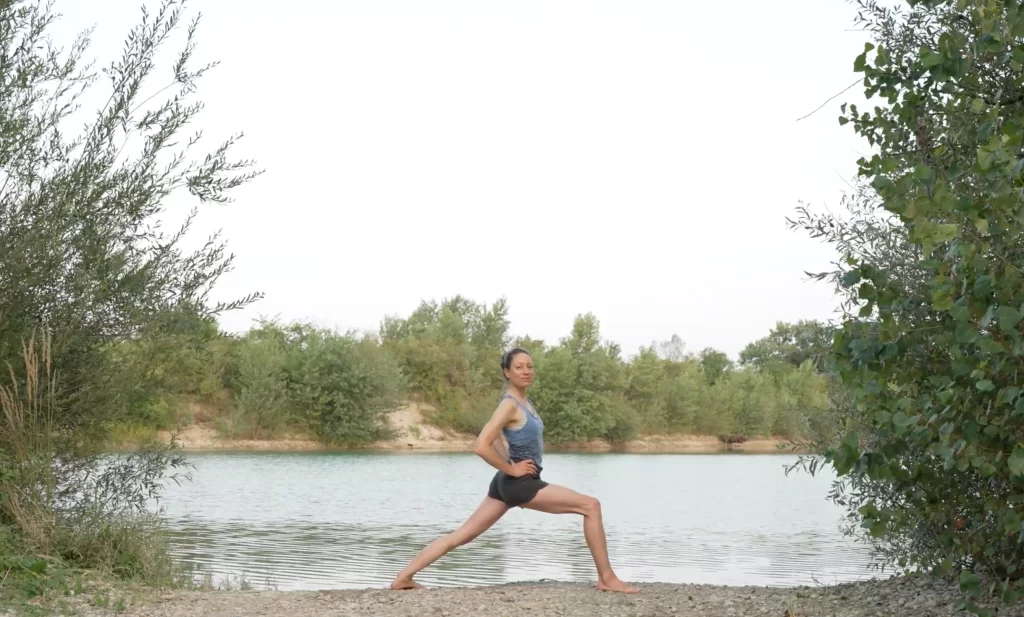
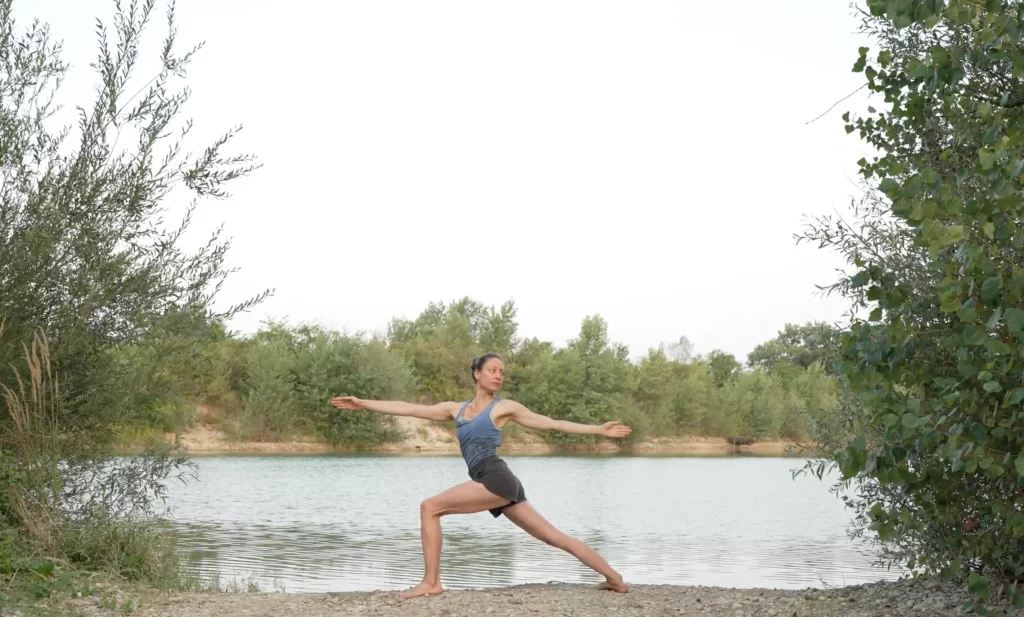
Foto: Carlo Kovačec
A final thought
Today, yoga instructor is a profession for which we are educated through formal education. Originally a practitioner followed a mentor until he learned enough to start teaching on his own. It was almost one-on-one, a lifelong journey of learning and imparting knowledge. According to yogic philosophy, this teaching is the right of every human being, because it contains knowledge about the truth of our nature and the return to health within us. It is difficult to say that a yoga instructor has a career in the classical sense and that running a yoga business is. However, we can call the love and dedication for this work like that. At its core, it is important to encourage people to understand that we can all educate ourselves to live meaningful and joyful lives.
This is the symbolism of the Lotus flower, it grows from the mud and when it penetrates above the surface of the water it blossoms into exceptional beauty. That beauty is the potential while we are still in the “mud” we just need to find a way to grow, and yoga is definitely a very good way.
You can also find the article in the printed edition of Ljepota&Zdravlje magazine in May 2023 or on the website: ljepotaizdravlje.hr
